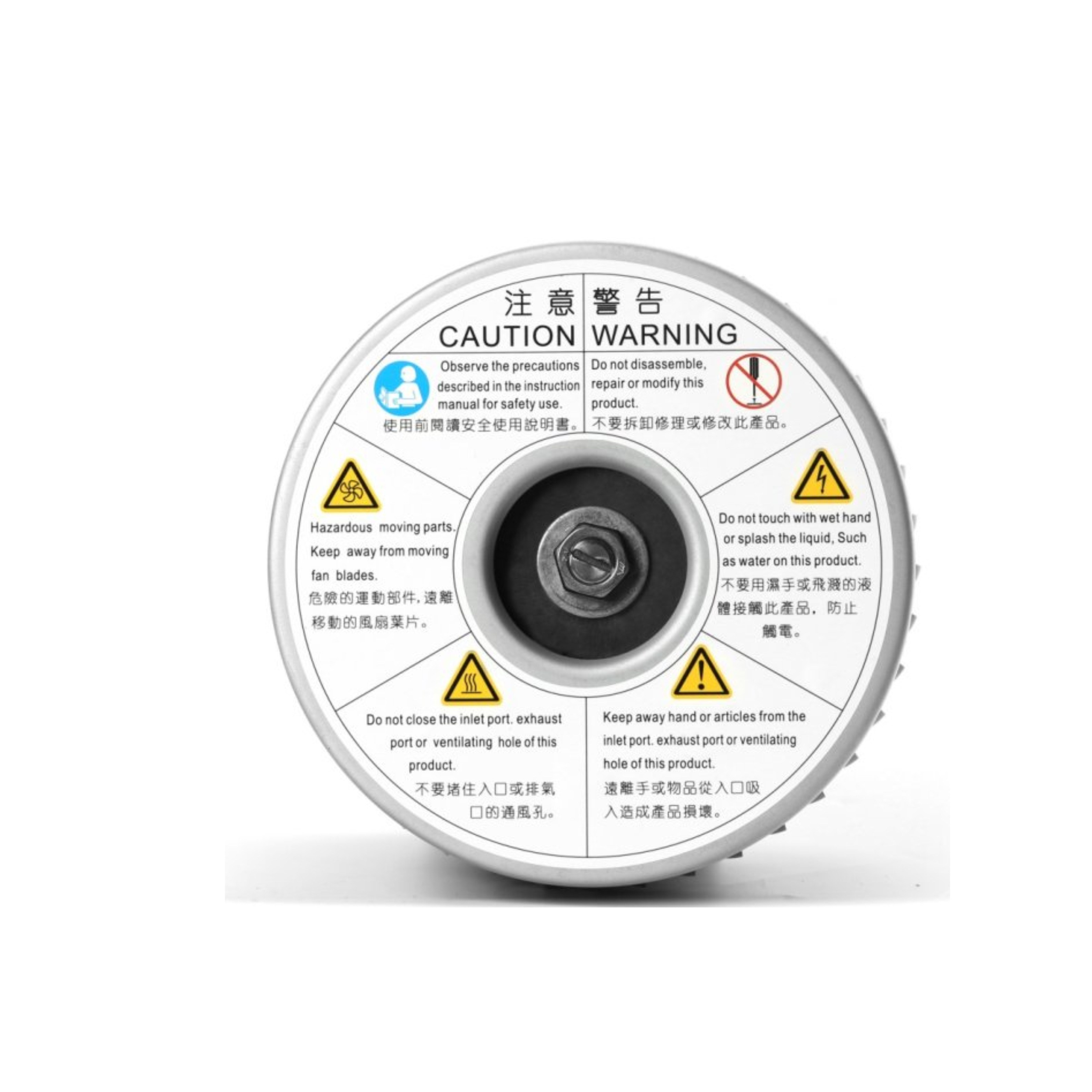Brushless automatic pumps are essential components in various applications, from aquariums to irrigation systems. Their efficiency and reliability make them a popular choice among users. However, like any mechanical device, they require proper maintenance and care to ensure optimal performance and longevity.

Understanding Brushless Automatic Pumps
Before diving into maintenance, it’s crucial to understand what brushless automatic pumps are and how they operate. Unlike traditional pumps that use brushes to create motion, brushless pumps utilize electromagnetic fields to drive the motor. This design reduces wear and tear, leading to a longer lifespan and lower maintenance needs. However, regular care is still necessary to keep them running smoothly.
Regular Inspection
Visual Checks
Performing regular visual inspections is the first step in maintaining your brushless automatic pump. Look for any signs of wear, leaks, or damage. Check the power supply and connections to ensure they are secure and free from corrosion. Any visible issues should be addressed immediately to prevent further damage.
Performance Monitoring
Keep an eye on the pump’s performance. If you notice a decrease in flow rate or unusual noises, it may indicate a problem. Regularly monitoring performance can help you catch issues early before they escalate into more significant problems.
Cleaning the Pump
External Cleaning
Dust and debris can accumulate on the exterior of the pump, affecting its performance. Use a soft cloth or brush to clean the outside of the pump regularly. Avoid using harsh chemicals that could damage the pump’s casing.
Internal Cleaning
Depending on the application, internal components may require cleaning as well. If your pump is used in a dirty environment or handles particulates, consider disassembling it for a thorough cleaning. Follow the manufacturer’s guidelines for disassembly and reassembly to avoid damaging any components.
Lubrication
While brushless motors generally require less lubrication than traditional motors, it’s still essential to keep moving parts well-lubricated. Check the manufacturer’s recommendations for the type of lubricant to use and the frequency of application. Over-lubrication can lead to buildup and potential issues, so apply only as needed.
Electrical Maintenance
Checking Connections
Regularly inspect electrical connections for signs of wear or corrosion. Ensure that all connections are tight and secure. Loose connections can lead to overheating and potential failure of the pump.
Testing the Motor
Periodically test the motor to ensure it operates correctly. Use a multimeter to check for proper voltage and current. If you notice any irregularities, consult a professional technician for further diagnosis.
Seasonal Maintenance
Winterization
If your pump is used in an outdoor application, it’s essential to winterize it before the cold months. Drain any water from the pump and store it in a dry, protected area to prevent freezing and damage. Follow the manufacturer’s guidelines for winterization procedures.
Seasonal Checks
At the beginning of each season, perform a thorough inspection of the pump. Check for any signs of wear or damage that may have occurred during the previous season. This proactive approach can help you address issues before they affect performance.
Troubleshooting Common Issues
Low Flow Rate
If you experience a low flow rate, check for clogs in the intake or discharge lines. Ensure that the pump is primed correctly and that there are no air leaks in the system. If the issue persists, consult the manufacturer’s troubleshooting guide.
Unusual Noises
Unusual noises can indicate a problem with the motor or internal components. Check for loose parts or debris that may be causing the noise. If you cannot identify the source, it may be time to consult a professional.
Overheating
If the pump is overheating, check for proper ventilation and ensure that it is not running dry. Overheating can lead to severe damage, so it’s crucial to address this issue immediately.
Conclusion
Maintaining your brushless automatic pump is essential for ensuring its longevity and optimal performance. By following the guidelines outlined in this maintenance and care guide, you can keep your pump running smoothly for years to come. Regular inspections, cleaning, lubrication, and troubleshooting will help you catch potential issues early and avoid costly repairs. Always refer to the manufacturer’s recommendations for specific maintenance practices tailored to your pump model. With proper care, your brushless automatic pump will continue to serve you efficiently in all your applications.
https://www.wincendtech.com/maintenance-and-care-guide-for-brushless-automatic-pumps.html






